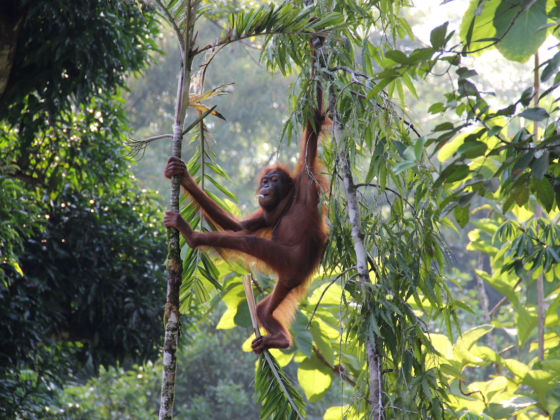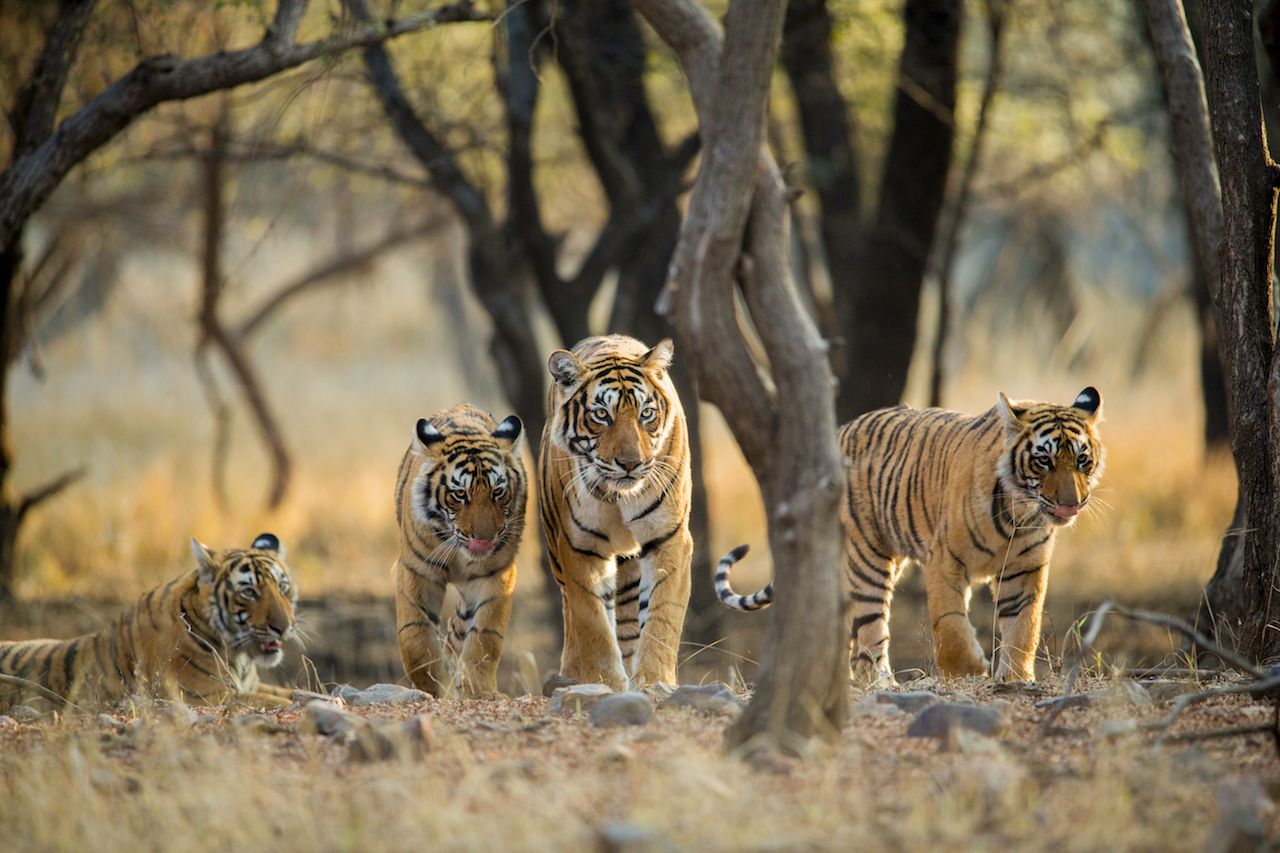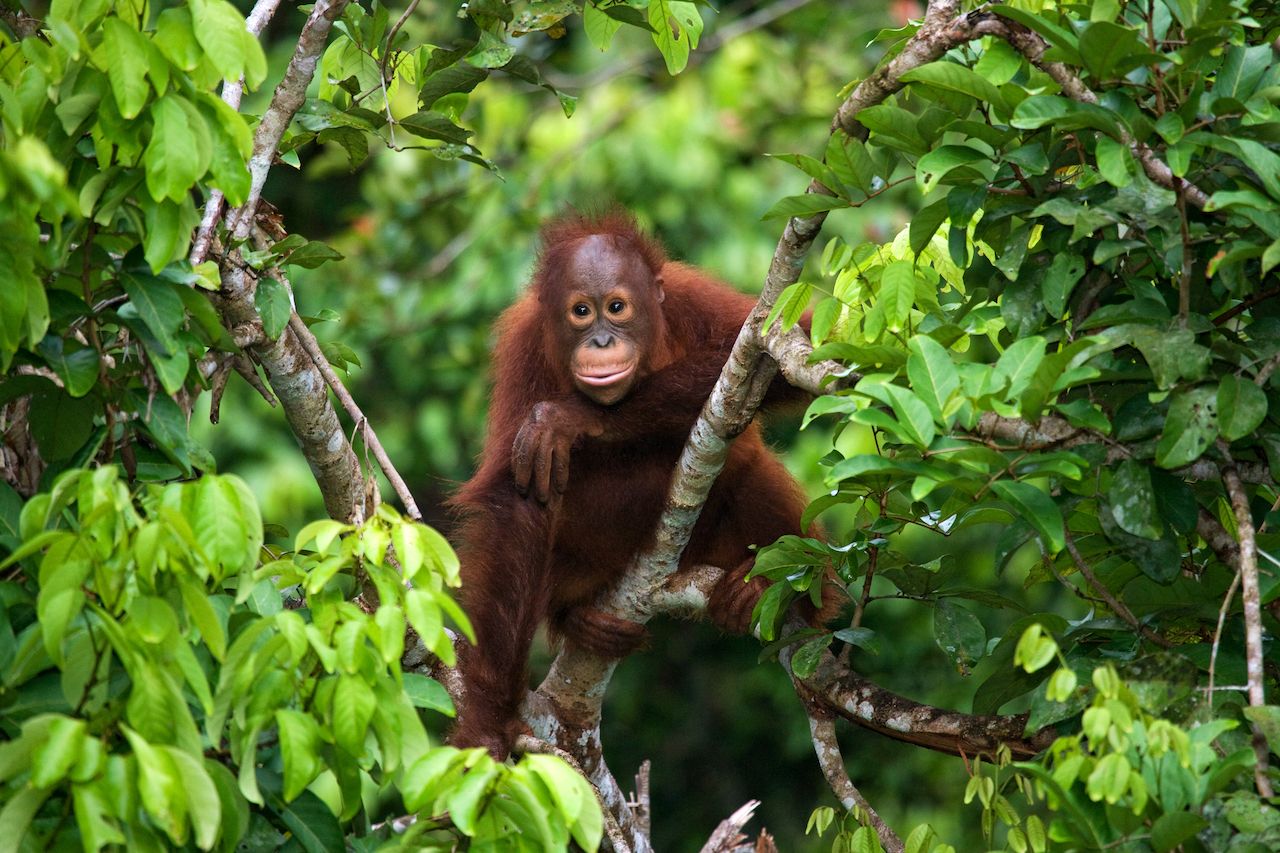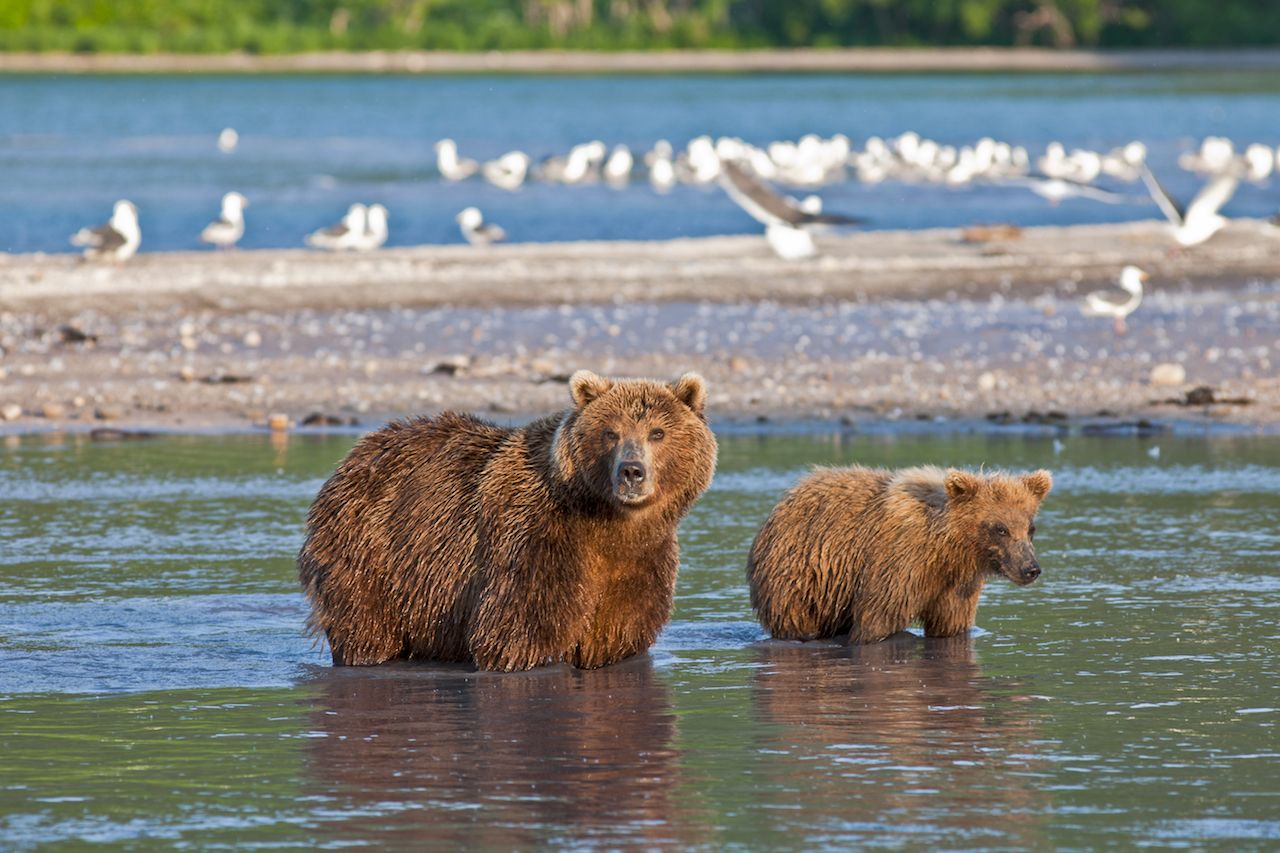Africa is synonymous with wildlife safaris. After all, its vast network of natural reserves and wide-open plains offer unsurpassed wildlife viewing opportunities and bucket-list critters, including the “Big Five.” But if travel to Africa is not in your immediate plans, you can experience equally amazing wildlife expeditions in many other places, such as Brazil and Borneo.
Not all alternative safari destinations serve up Africa’s super-slick tourist packages with around-the-clock game drives, luxury camps, and fine dining. What they do offer are rare opportunities to encounter charismatic creatures in some of the world’s most precious and pristine wilderness sanctuaries. Here are five of the world’s best safari experiences outside of Africa.





